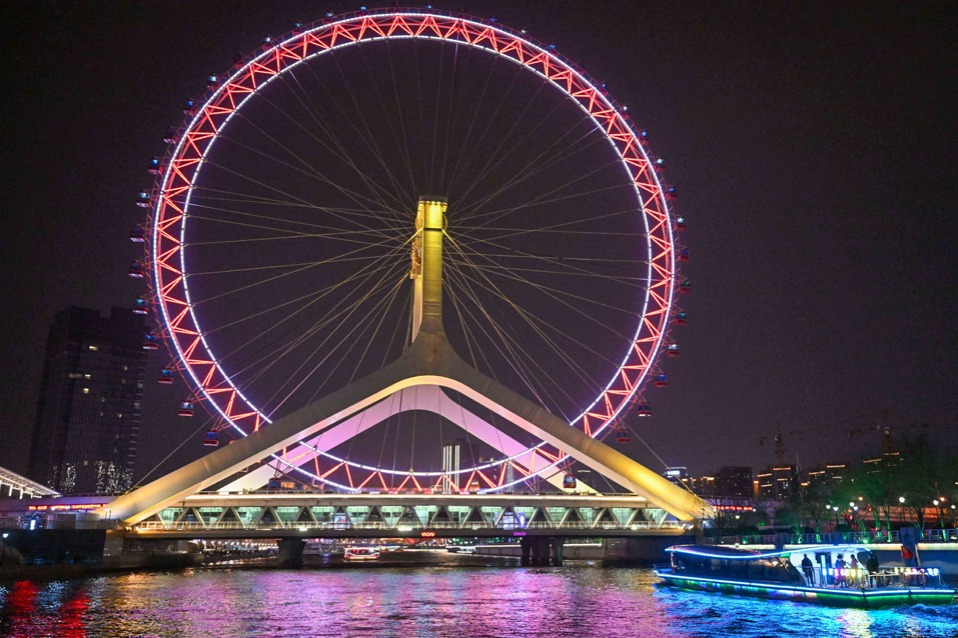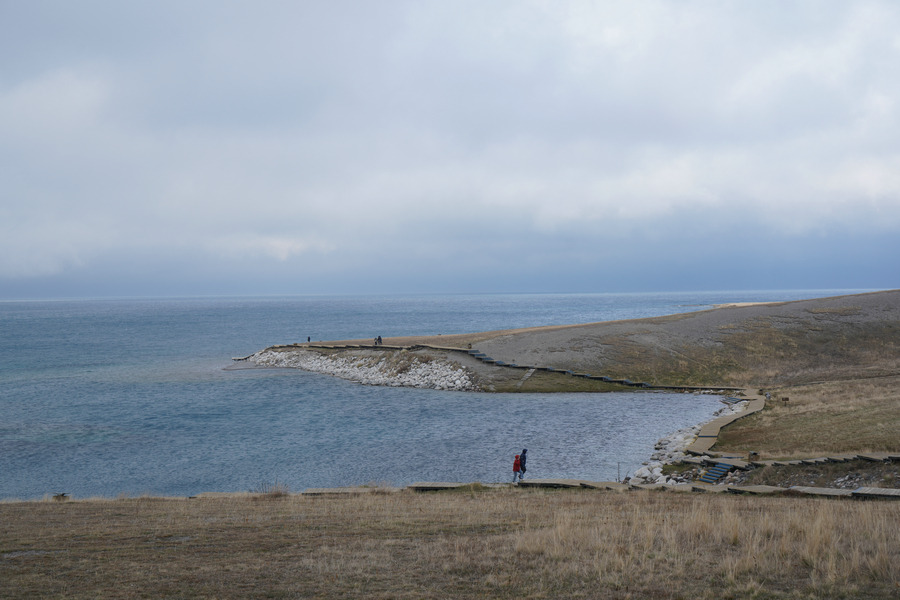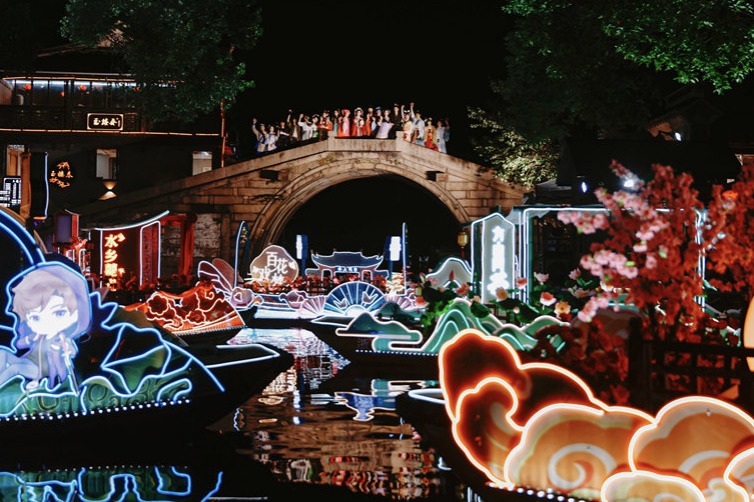Ancient military sage leads ranks of tourists


In addition to the festival's main venue of Haizhou township, many areas in Yuncheng city will hold Puju Opera shows, over a period of about two weeks starting from Friday.
A food festival will also be held during the event. Visitors will have a chance to taste local delicacies, especially those made from wheat flour.
On the sidelines of the festival, visitors will have an opportunity to tour local attractions to see the city's natural and cultural wonders.
The city is an ideal place for history enthusiasts to explore one of the sources of Chinese history.
The most famous archaeological site in Yuncheng for tourists to visit is the Xihoudu Relics Site in Xihoudu village in Ruicheng county.
In the village, archaeologists discovered a site with relics identified as being 2.4 million years old, which might be proof of some of the earliest human activities in China. At this site, animal bones were discovered, which bore evidence of burning. Researchers believe this may signal proof of the earliest intentional use of fire in the world. The use of fire, which could help people eat cooked food and improve their physical condition, ushered in a new era of human civilization.
People interested in ancient Chinese architecture and mural art can also have a tour of the Yongle Palace in the same county.
Yongle Palace was built in the 13th century as a dedication to Lyu Dongbin, a revered Taoist sage. The large-scale Taoist temple complex is particularly known for its 700-year-old murals that cover about 1,000 square meters.
In Sanqing Hall, the main hall of the temple, a mural measuring 94.68 meters long and 4.26 meters tall showcases a grand scene of nearly 300 sages paying homage to supreme deities. The imposing composition, with each figure radiating vitality and displaying unique costumes and facial characteristics, is an important masterpiece in China's painting history.

































